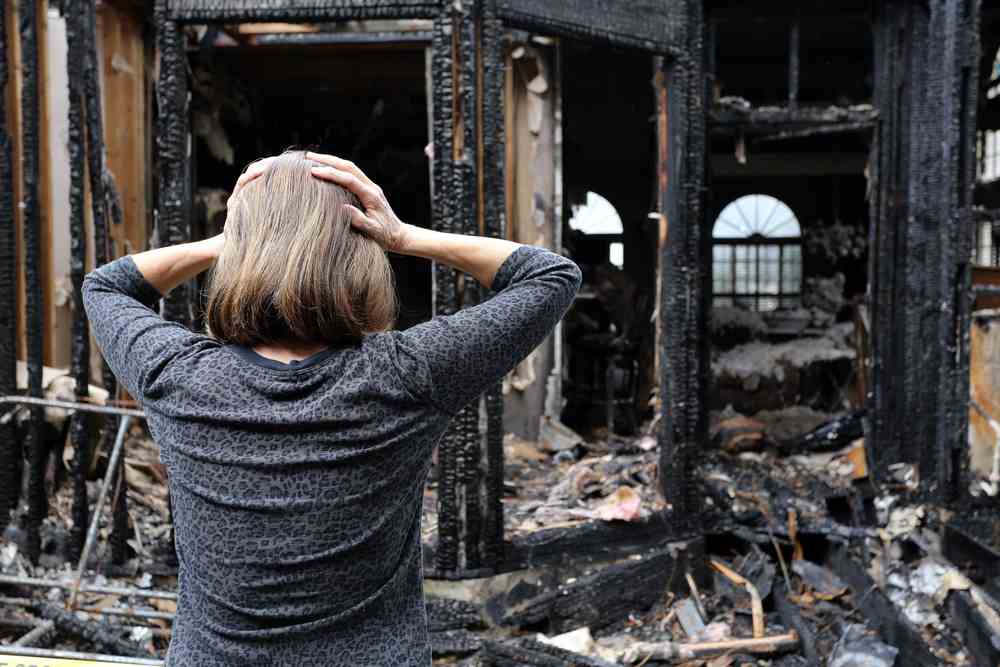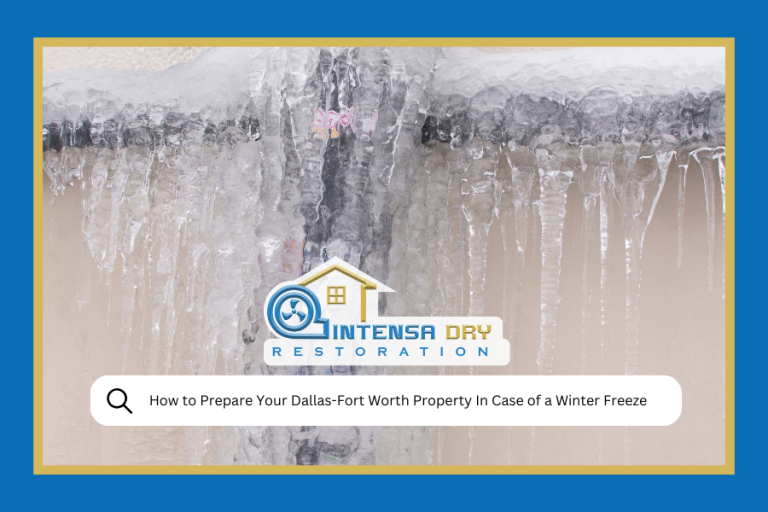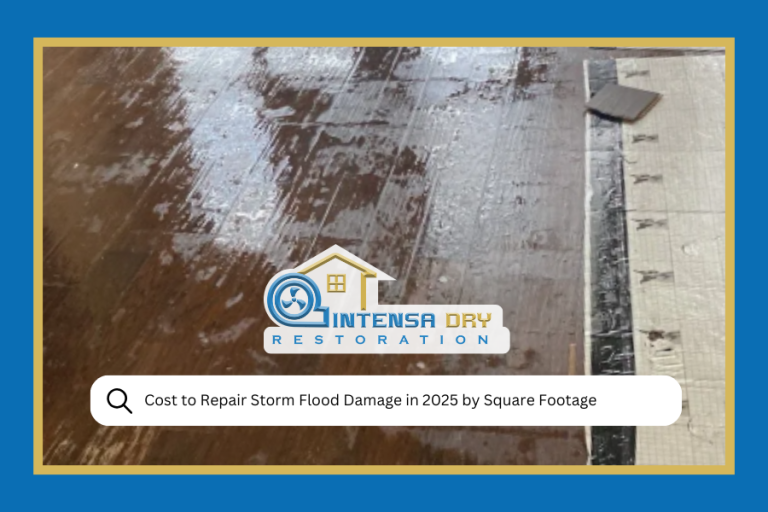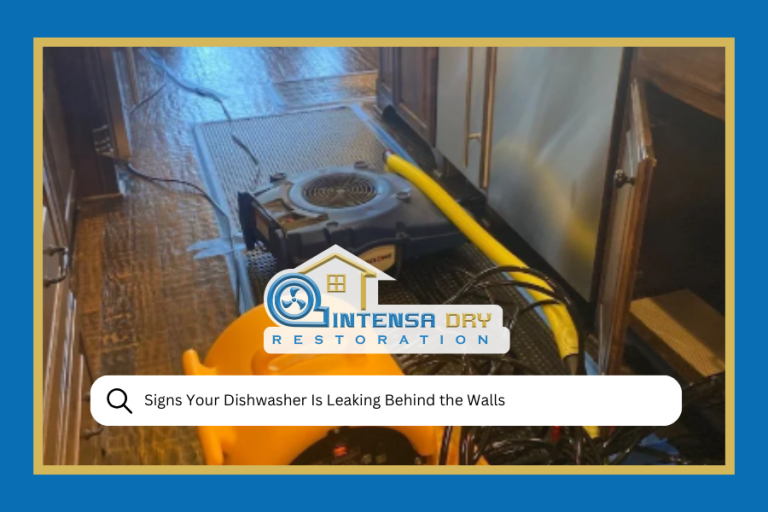A fire damage restoration inspection is a critical first step in the recovery process following a fire incident. During this inspection, professionals will thoroughly assess the extent of the damage to your property, identifying areas affected by flames, smoke, and soot. In this guide, Intensa Dry will also evaluate the structural integrity of the building, checking for any hidden damage that could pose future risks. The inspection aims to create a detailed restoration plan, ensuring all necessary repairs and clean-up procedures are identified. Expect a comprehensive evaluation that includes photographing the damage, testing for smoke and soot residues, and assessing water damage from firefighting efforts, setting the stage for effective restoration.
Initial Assessment
When a property has suffered from fire damage, the first and most crucial step in the restoration process is the initial assessment. This stage involves a comprehensive examination of the entire property to understand the full scope of the damage caused by fire, smoke, and soot. Restoration professionals will meticulously inspect both visible and hidden areas to gauge the extent of the destruction. This initial assessment is pivotal because it lays the foundation for all subsequent restoration efforts.
During the assessment, the restoration team will look at various aspects, including the degree of structural damage, the impact on the building’s contents, and any potential health hazards. By the end of the initial assessment, the team will have a clear picture of what needs to be addressed and the best approach to take for the restoration.
Safety Evaluation
Safety is a paramount concern in any fire damage restoration project. Before any restoration work can begin, a thorough safety evaluation is conducted. This evaluation ensures that the structure is safe for both the restoration team and the property owner to enter and work in. Fire can weaken the structural integrity of a building, making it hazardous to navigate without a proper safety check.
During the safety evaluation, inspectors will look for signs of structural compromise, such as cracks in the walls or ceilings, warped floors, and weakened support beams. They will also assess electrical systems for damage that could pose a fire risk if not properly addressed. Additionally, the presence of hazardous materials, such as asbestos or lead, may be checked, as these can pose significant health risks if disturbed during the restoration process.
Damage Documentation
Thorough documentation of the damage is a critical step in the fire damage restoration process. This documentation serves multiple purposes, including providing a detailed record for insurance claims and creating a roadmap for the restoration work. Restoration professionals will use a combination of photographs, videos, and written notes to capture the extent of the damage.
During the damage documentation phase, every affected area and item is recorded. This includes visible damage to structural components, such as walls, ceilings, and floors, as well as damage to personal belongings and furniture. The documentation will also note areas with soot and smoke residue, water damage from firefighting efforts, and any signs of mold growth.
Assessment of Affected Areas
The assessment of affected areas is a meticulous process that involves identifying all spaces and items impacted by the fire, smoke, and water used to extinguish the flames. Restoration professionals will conduct a room-by-room evaluation, checking every nook and cranny for signs of damage.
In this phase, the team will examine walls, ceilings, floors, windows, doors, and any built-in fixtures. They will also inspect HVAC systems, electrical wiring, and plumbing for potential damage. Personal belongings, furniture, and other contents of the property will be assessed to determine the extent of damage and the feasibility of restoration.
Air Quality and Odor Inspection
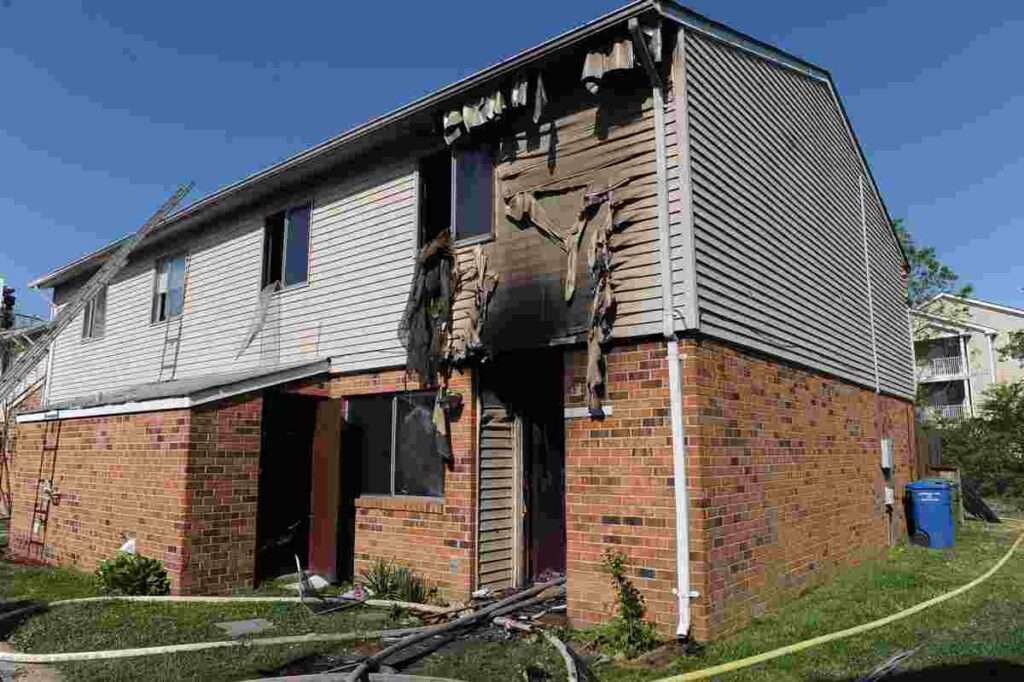
Fire damage often leaves behind more than just visible destruction. The lingering effects of smoke and soot can significantly impact indoor air quality, posing health risks to the occupants. Therefore, an air quality and odor inspection is an essential component of the fire damage restoration inspection.
During this inspection, the restoration team will use specialized equipment to measure the levels of smoke and soot particles in the air. They will also identify the presence of any harmful chemicals or gases released during the fire. The HVAC system will be checked for contamination, as smoke and soot can travel through the ducts and spread throughout the property.
Structural Integrity Check
Ensuring the structural integrity of the building is a crucial step in the fire damage restoration process. Fire can weaken various structural elements, compromising the safety and stability of the property. A structural integrity check involves a detailed evaluation of the building’s framework to identify any areas that need repair or reinforcement.
The results of the structural integrity check will inform the restoration plan, highlighting areas that require immediate attention. Any compromised elements will need to be repaired or replaced to restore the building’s safety and stability. This step is vital to ensure that the property is structurally sound before proceeding with other restoration activities.
Soot and Smoke Residue
Soot and smoke residue are among the most pervasive and damaging aspects of a fire. These residues can infiltrate every corner of the affected property, leaving behind stains, odors, and potentially harmful particles. During the inspection for soot and smoke residue, restoration professionals will meticulously examine surfaces, furnishings, and the structural components of the building to identify the extent of contamination.
Smoke residue can also leave behind a lingering odor that penetrates deeply into materials such as carpets, upholstery, and drapes. Restoration professionals will evaluate these materials to determine the best approach for deodorization. By thoroughly identifying all areas affected by soot and smoke residue, the team can ensure that the cleaning process is comprehensive, helping to restore the property to its pre-fire condition.
Water Damage Inspection
Water damage inspection is a critical part of the fire damage restoration process, as the water used to extinguish the fire can cause significant damage on its own. This inspection involves a detailed assessment of areas that have been saturated with water, including floors, walls, ceilings, and personal belongings. The presence of water can lead to issues such as structural weakening, mold growth, and further damage to materials already compromised by fire.
Once the extent of water damage is identified, the restoration team will implement drying and dehumidification processes to remove moisture and prevent mold growth. This step is essential to stabilize the environment and prepare it for subsequent restoration activities. Addressing water damage promptly and thoroughly helps to mitigate further damage and ensures a safer, healthier indoor environment.
Content Assessment
The content assessment phase involves evaluating the personal belongings, furniture, and other items within the property to determine what can be salvaged and what needs to be replaced. Fire can cause varying degrees of damage to different types of materials, so each item must be carefully inspected to decide the best course of action.
The content assessment not only helps in planning the restoration of personal belongings but also provides a clear inventory for insurance claims. By documenting the condition and value of each item, property owners can ensure they receive appropriate compensation for their losses. This thorough evaluation also aids in prioritizing the restoration efforts, ensuring that valuable and sentimental items are given the attention they deserve.
Restoration Plan Development
Once the initial inspections are complete, the restoration team will develop a comprehensive restoration plan. This plan outlines the steps needed to restore the property to its pre-fire condition, including cleaning, repairs, and any necessary replacements. The plan will also include timelines, cost estimates, and resource allocation to ensure a smooth and efficient restoration process.
Communication with the property owner is a key component of the restoration plan development. Restoration professionals will explain the plan in detail, addressing any concerns and answering questions. This collaborative approach ensures that the property owner is fully informed and comfortable with the planned restoration efforts. A well-developed restoration plan is essential for coordinating the various tasks and professionals involved, leading to a successful and timely recovery.
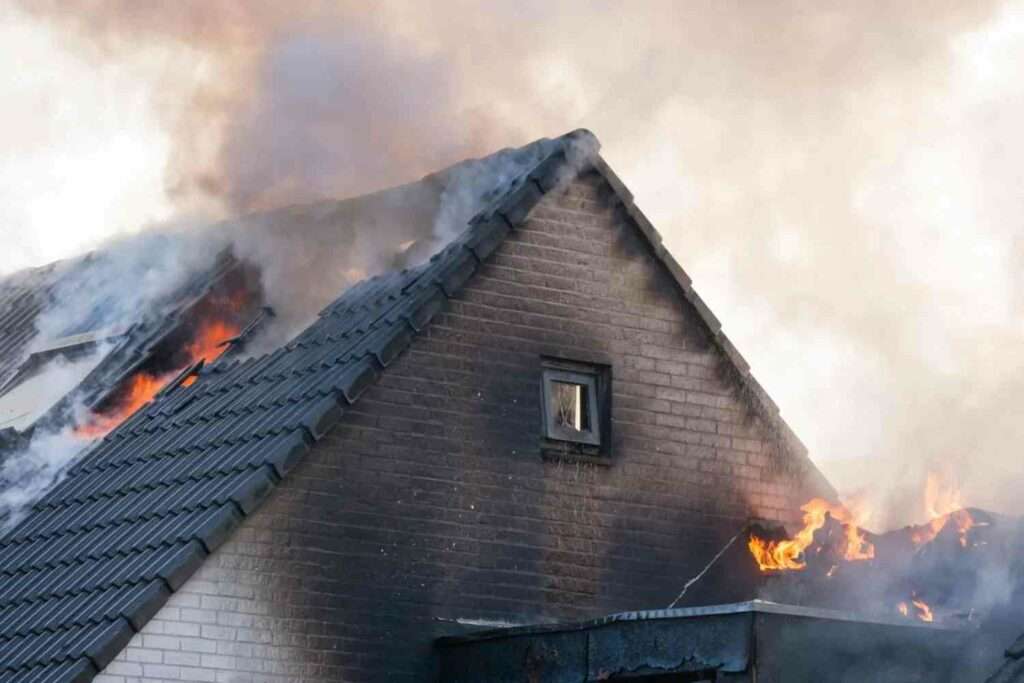
Insurance Coordination
Fire damage restoration often involves working closely with insurance companies to ensure that the property owner receives the compensation needed for the restoration. During the insurance coordination phase, the restoration team will assist in documenting the damage, preparing the necessary paperwork, and communicating with the insurance adjuster.
Insurance coordination also involves negotiating with the insurance adjuster to ensure that all aspects of the damage are covered. Restoration professionals can provide expert insights into the necessary repairs and restorations, advocating for the property owner to receive fair compensation. By handling the complex interactions with the insurance company, the restoration team helps to alleviate some of the stress and burden on the property owner during this challenging time.
Cleanup and Restoration Process
The final phase of the fire damage restoration inspection involves the actual cleanup and restoration process. This phase is where all the planning and assessments come together to restore the property to its pre-fire condition. The restoration team will implement the strategies outlined in the restoration plan, using specialized equipment and techniques to clean, repair, and restore the property.
Cleanup begins with removing debris and unsalvageable materials from the site. Next, the team will focus on cleaning soot and smoke residue from surfaces, deodorizing to eliminate smoke odors, and addressing any water damage to prevent mold growth. This may involve deep cleaning carpets, upholstery, and ducts, as well as using air scrubbers and dehumidifiers to purify the indoor air and remove excess moisture.
Throughout the cleanup and restoration process, communication with the property owner is maintained to keep them informed of progress and address any concerns. The goal is to complete the restoration efficiently and effectively, allowing the property owner to return to a safe and comfortable home or business.
Conclusion:
In conclusion, a fire damage restoration inspection is a crucial step towards restoring your property after a fire. It provides a thorough assessment of the damage, identifies necessary repairs, and creates a detailed restoration plan. By inspecting for fire, smoke, soot, and water damage, professionals can develop strategies to effectively clean and restore your property, ensuring a safe and habitable environment once again. This inspection process sets the stage for a successful restoration, allowing you to recover from the devastating effects of a fire and regain peace of mind in your home or business.

